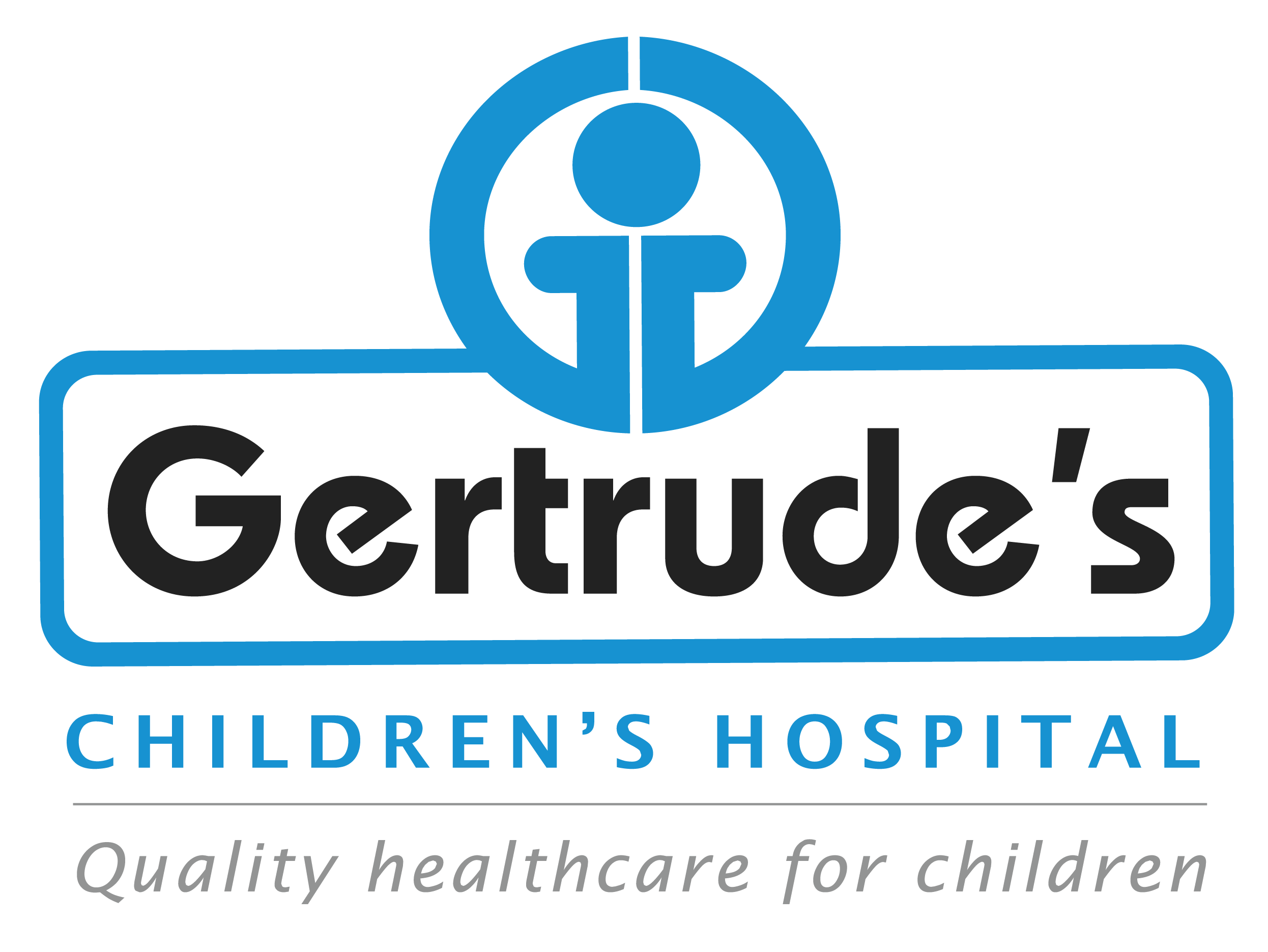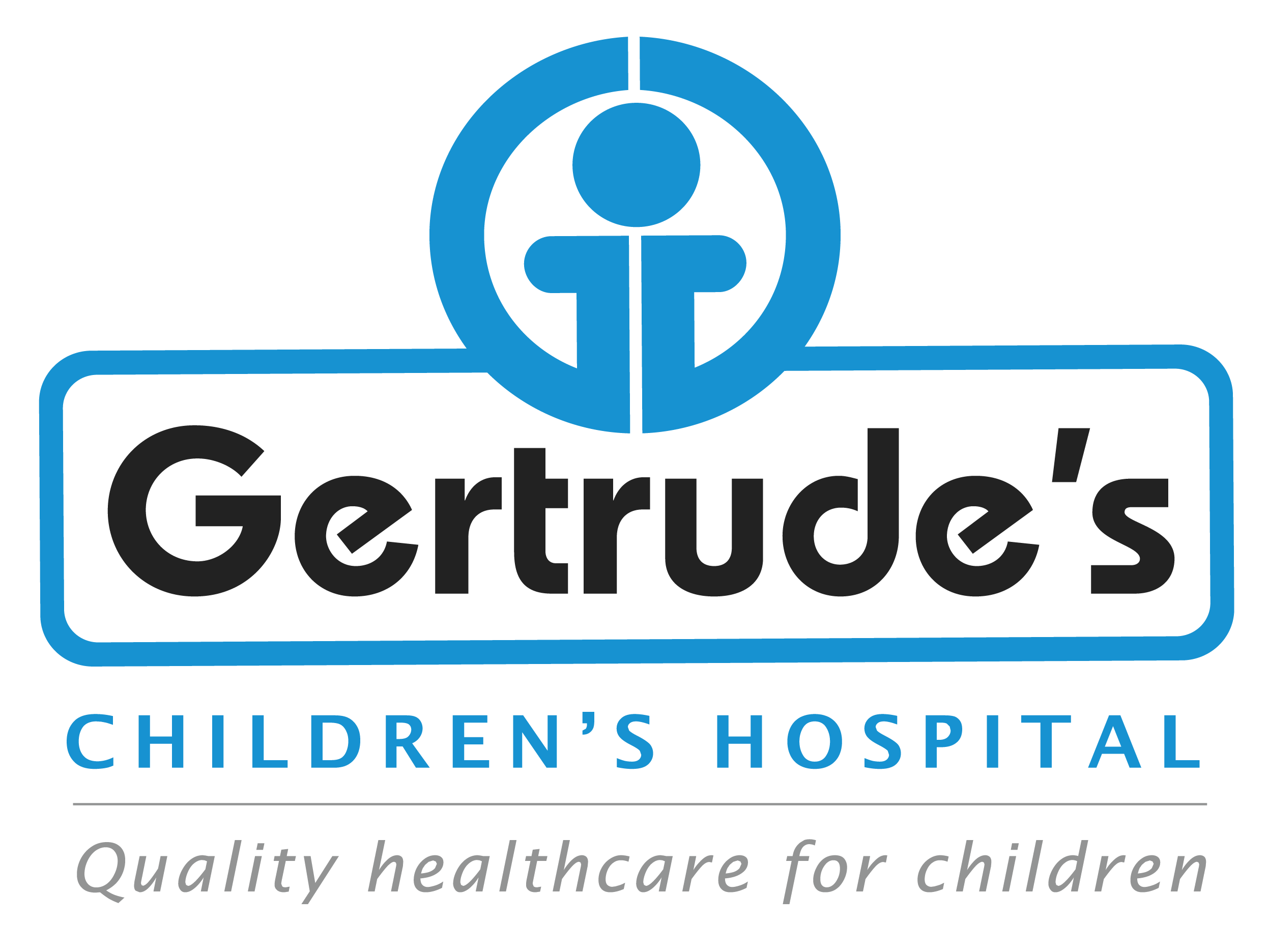Essential thrombocythemia (ET) is a rare blood disorder where the bone marrow produces too many platelets, which are cells that help the blood clot. While this condition is more common in adults, it can also affect children. The overproduction of platelets can lead to blood clotting issues, increasing the risk of clots forming in the blood vessels, which can cause complications like strokes or heart attacks. On the other hand, some children with ET might experience bleeding problems due to the platelets not functioning properly. Although ET is a chronic condition, with proper management and monitoring, many children can lead healthy lives.
Symptoms
- Headaches: Frequent or severe headaches, sometimes accompanied by dizziness.
- Vision Changes: Blurred vision or seeing spots, especially during headaches.
- Nosebleeds or Bruising: Easy bruising or frequent nosebleeds, indicating potential bleeding issues.
- Fatigue: Feeling unusually tired or weak, even with adequate rest.
- Tingling in Hands or Feet: A tingling or numb sensation, particularly in the extremities.
- Chest Pain or Shortness of Breath: Uncommon but serious symptoms that may indicate a blood clot.
Causes
- The exact cause of essential thrombocythemia is not well understood, but it is known to be related to mutations in certain genes that control blood cell production. These genetic mutations are usually acquired, meaning they are not inherited but develop over time. ET occurs when these mutations cause the bone marrow to produce too many platelets, leading to the symptoms and complications associated with the disorder.
Diagnosis
- Medical History and Physical Exam: Discussing the child’s symptoms and any family history of blood disorders, along with a physical examination.
- Complete Blood Count (CBC): A blood test that measures the number of platelets and other blood cells to detect abnormalities.
- Bone Marrow Biopsy: A sample of bone marrow may be taken to examine the cells and confirm the overproduction of platelets.
- Genetic Testing: Testing for specific gene mutations, such as the JAK2 mutation, which is commonly associated with ET.
Treatment Options
- Medications to Lower Platelet Count: Drugs like hydroxyurea or anagrelide may be prescribed to reduce the number of platelets in the blood.
- Low-Dose Aspirin: This may be recommended to reduce the risk of blood clots by making the platelets less sticky.
- Regular Monitoring: Ongoing blood tests and check-ups are essential to monitor platelet levels and assess the effectiveness of treatment.
- Treatment for Symptoms: Specific treatments may be used to manage symptoms like headaches, fatigue, or vision changes.
- Lifestyle Modifications: Encouraging a healthy lifestyle, including regular physical activity and a balanced diet, to help manage overall health and reduce the risk of complications.
Why Choose Us
Expert team
Our pediatric specialists have extensive experience in treating children.
Personalized care
We create treatment plans that fit each child’s unique needs
Support and education
We teach children and families how to care for them and prevent future cases
Advanced treatments
Access to the latest treatments and products
Frequently Asked Questions
Q: Is essential thrombocythemia in children curable?
A: Essential thrombocythemia is a chronic condition, meaning it cannot be cured, but it can be managed effectively with the right treatment and monitoring.
Q: How often does a child with essential thrombocythemia need treatment?
A: The frequency of treatment depends on the severity of the condition and the child’s symptoms. Regular monitoring is crucial to determine the need for ongoing treatment.
Q: What are the risks if essential thrombocythemia is not treated?
A: Without proper treatment, essential thrombocythemia can lead to serious complications like blood clots, which can cause strokes, heart attacks, or other life-threatening events.
Contact
Please feel free to contact us with any general or medical enquiry by calling us.





